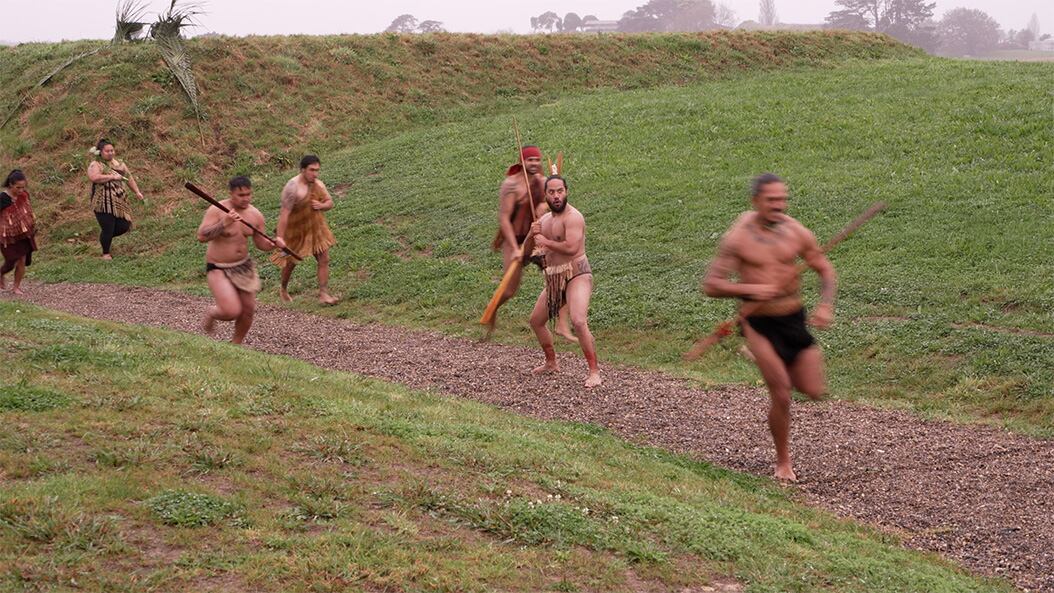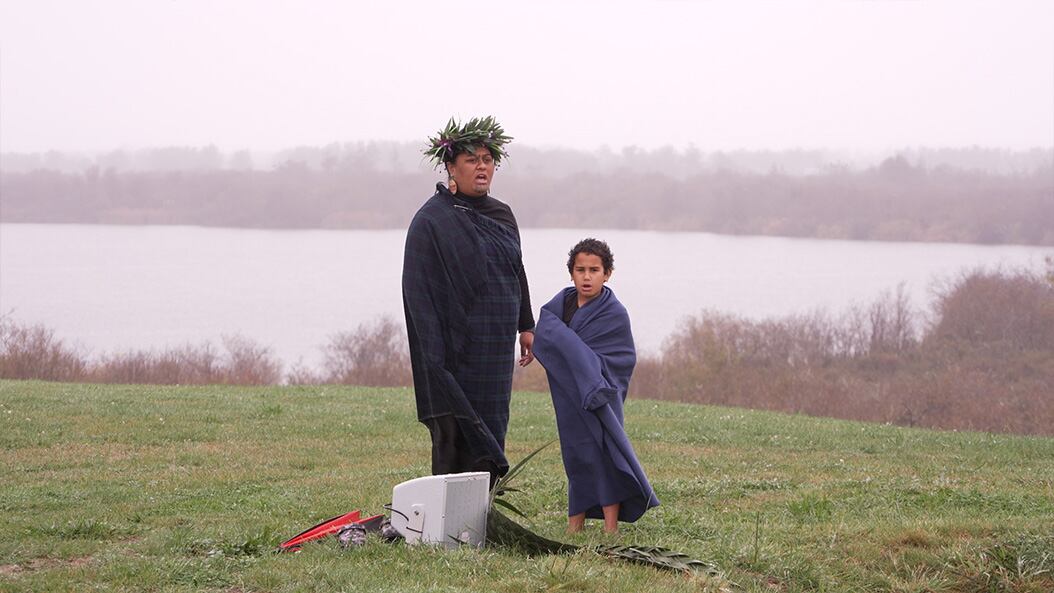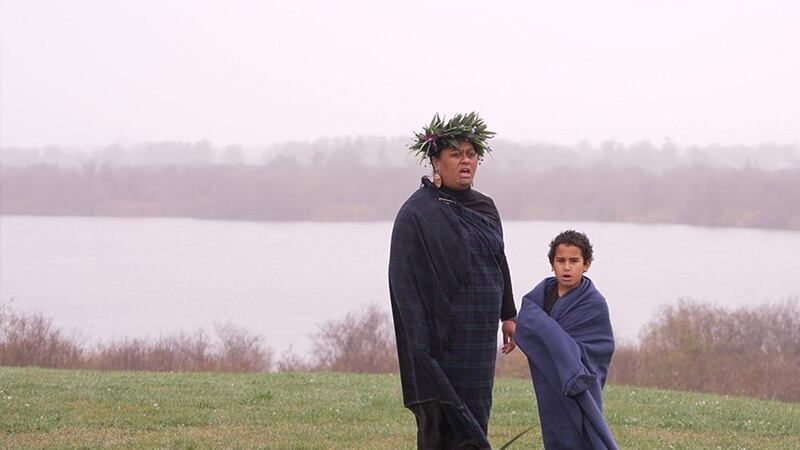Ngāti Naho has marked 160 years since the invasion of Rangiriri Pā by Governor George Grey and government troops by opening its gates yesterday to its tourism venture, Trenches of Rangiriri Pā.
The gates should have been opened for business a year ago but delays in obtaining a Waikato District Council resource consent led the hapū to almost end its dream to go into business to create wealth and prosperity for its people.
Te Rūnanga o Ngāti Naho chairman and concept visionary Brad Totorewa said despite showers of rain the local people and descendants of Ngāti Naho still arrived to mark the first year of the opening of the new Rangiriri trenches.
The trenches are a replica of the original battlefield from which King Tawhaio and other military leaders were forced to flee after British and colonial forces overwhelmed the pa defenders. More than 70 people were killed and 183 chiefs and warriors were captured.
Ngāti Naho operated three tour visits through the Rangiriri trenches yesterday, with close to 100 tourists in each group, Māori and Pākeha.
One of the visitors, Greg Barkel, took up the rau (peace offering) during the wero (challenge) on behalf of the group of tourists. This was the first time for Barkel as a tribe leader and he said if it weren’t for the Rangiriri tours he would not have had this special opportunity.

‘Just magnificent’
“I think a learning experience like today is something that we all, in particular Pākehā, benefit from and take in the good and the bad and bringing together what New Zealand is about today,” Barkel said.
Gordon Lukepascoe and his family have been living in Te Kauwhata for over a year and said they have always wanted to visit the trenches every time they drove past as they were being built.
“When we heard about the opening we were quick to come on down even despite the bad weather. We had to take up the experience and the sheer size of these 10-feet trenches. When you’re inside them you are totally consumed by it all, just magnificent,” Lukepascoe said.
One year ago today King Tuheitia opened Rangiriri Pā Trenches.

Resource consent requirements
But Te Rūnanga o Ngāti Naho had to wait until last week for resource consent from the Waikato District Council, which almost delayed yesterday’s opening. Totorewa told teaomaori news.com that checks had to be done and double checked as not to break district council rules, “the number of vehicles on-premises and people and to keep the sound down.
“I said to the council to turn the noise of the cows down before our haka. But they said we needed to stay under 50 decibels. These are the hoops we have had to jump through,” he said.
The 45-minute tour takes visitors through a living Māori trench warfare experience with re-enactments from the 1863 Rangiriri invasion. Haka, karanga, ngeri, and taonga pūoro could be heard from the 130-metre long, one-metre high trenches.
Reliving the battle
Children with prop guns and women wailing over the death of their loved ones were all part of the theatrical war-like experience that played out in the tuna-shaped trenches.
Standing at centre stage was a beautifully made whareraupo that showcased the sheer ingenuity and weaving craftsmanship of the ancestors.
At the east end of the trenches stood an overpowering watch tower that visitors could look out from beyond Lake Kopuera, a sacred tapu lake of the narratives of the people of Ngāti Naho at the time of the Rangiriri invasion.
The Rangiriri Pā Trenches have become a spring of well-being for the people of Ngāti Naho who have been able to employ their own people. There are five full-time employees and 10 part-time, with more positions on the way.
Two local schools are providing haka performers and actors and many whānau who are volunteering and doing it for the kaupapa.
Phase 1 is almost complete, with the tours up and running, so it’s on to phase two to build a whare pupuri taonga (museum) also a wharetoi (arts and crafts), wharekai (restaurant) and wharemoe (accommodation).

